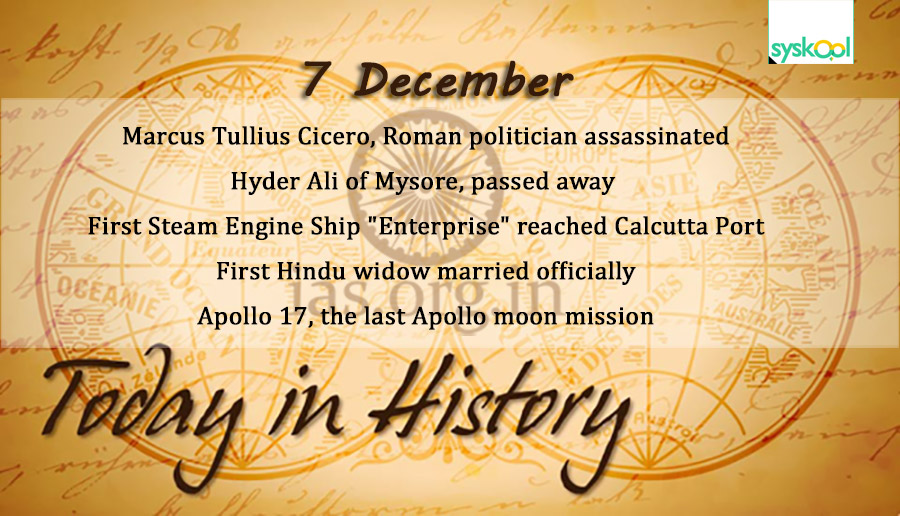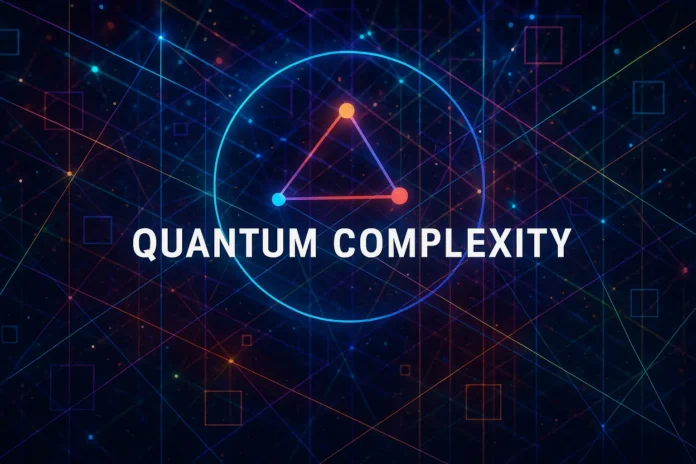Table of Contents
- Introduction
- Classical Background: NP and MA
- From MA to QMA: A Quantum Leap
- Formal Definition of QMA
- The Role of the Quantum Witness
- Completeness and Soundness in QMA
- Comparing QMA with Other Classes
- QMA vs BQP and QCMA
- The Local Hamiltonian Problem
- QMA-Complete Problems
- Verification Protocols in QMA
- One-sided vs Two-sided Error
- Multi-Prover Extensions: QMA(2) and Beyond
- Proof Size and Amplification
- Quantum PCP and QMA Hardness of Approximation
- Oracle Constructions and QMA Separations
- QMA in Quantum Cryptography
- Practical Relevance and Open Challenges
- Physical Interpretations of QMA
- Conclusion
1. Introduction
QMA (Quantum Merlin-Arthur) is the quantum analog of the classical complexity class NP. It captures decision problems where a quantum proof (or witness) convinces a quantum polynomial-time verifier of a “yes” answer with high probability.
2. Classical Background: NP and MA
In NP, the verifier is deterministic, while in MA (Merlin-Arthur), the verifier is probabilistic. QMA generalizes MA by allowing both the verifier and the proof to be quantum in nature.
3. From MA to QMA: A Quantum Leap
QMA replaces the classical witness with a quantum state and the classical verifier with a quantum circuit. This leads to subtle issues involving unitarity, entanglement, and measurement collapse.
4. Formal Definition of QMA
A language L is in QMA if there exists a polynomial-time quantum verifier V such that:
- Completeness: If x ∈ L, there exists a quantum state |ψ⟩ such that V(x, |ψ⟩) accepts with probability ≥ 2/3.
- Soundness: If x ∉ L, for all |ψ⟩, V(x, |ψ⟩) accepts with probability ≤ 1/3.
5. The Role of the Quantum Witness
The witness is a quantum state, possibly entangled, of polynomial qubit length. Unlike classical proofs, quantum witnesses cannot be copied or reused due to the no-cloning theorem.
6. Completeness and Soundness in QMA
Like MA and NP, QMA supports soundness and completeness errors. These can be amplified by repeating the verification with multiple copies or using advanced techniques like Marriott-Watrous amplification.
7. Comparing QMA with Other Classes
Key relationships:
- BQP ⊆ QMA ⊆ PP
- NP ⊆ MA ⊆ QMA
- QMA ⊆ PSPACE (containment known via simulation)
8. QMA vs BQP and QCMA
BQP uses no witness. QCMA is QMA with a classical witness. The separation between QMA and QCMA is not known in general, but oracle separations suggest that QMA may be strictly stronger.
9. The Local Hamiltonian Problem
The k-Local Hamiltonian problem is the canonical QMA-complete problem. It asks whether the ground state energy of a quantum system lies below or above certain thresholds—a quantum analog of SAT.
10. QMA-Complete Problems
Examples include:
- k-Local Hamiltonian
- Quantum k-SAT
- Non-identity check
- Consistency of local density matrices
These represent natural problems in quantum physics and chemistry.
11. Verification Protocols in QMA
Verification typically involves:
- Quantum circuit simulation
- Projective measurement
- Probability thresholding
The verifier must be efficient and cannot fully characterize |ψ⟩.
12. One-sided vs Two-sided Error
QMA has two-sided error, but QMA(1), a subclass with one-sided error, is also studied. Unlike classical NP, QMA(1) may not be equal to QMA, though amplification reduces error efficiently.
13. Multi-Prover Extensions: QMA(2) and Beyond
QMA(2) involves two unentangled quantum witnesses. Its power is not fully known. It may be stronger than QMA, though separations are not proven unconditionally.
14. Proof Size and Amplification
Proofs in QMA are polynomial-sized quantum states. Amplification of completeness and soundness is possible without increasing proof size significantly, thanks to Marriott-Watrous amplification.
15. Quantum PCP and QMA Hardness of Approximation
The quantum PCP conjecture posits that approximating the ground energy of local Hamiltonians is QMA-hard. Its resolution would imply strong inapproximability results analogous to classical PCP.
16. Oracle Constructions and QMA Separations
Oracles have been used to separate QMA from QCMA, QMA from BQP, and study the limitations of classical verifiers in quantum settings. These models guide our intuition but are not conclusive.
17. QMA in Quantum Cryptography
QMA plays a role in:
- Quantum zero-knowledge proofs
- Secure multi-party computation
- Quantum money and state verification
Its complexity ensures strong guarantees in cryptographic constructions.
18. Practical Relevance and Open Challenges
While QMA-verifiable problems may not be solvable in practice, they mirror real-world physical problems like quantum chemistry and condensed matter, guiding quantum algorithm design.
19. Physical Interpretations of QMA
QMA corresponds to the difficulty of verifying properties of quantum systems, such as ground state energy or entanglement. It reflects what a physical observer could verify with limited quantum resources.
20. Conclusion
QMA is a foundational class in quantum complexity theory, combining verification, entanglement, and hardness. Understanding its power, separations, and practical implications continues to shape quantum computation and physics.



